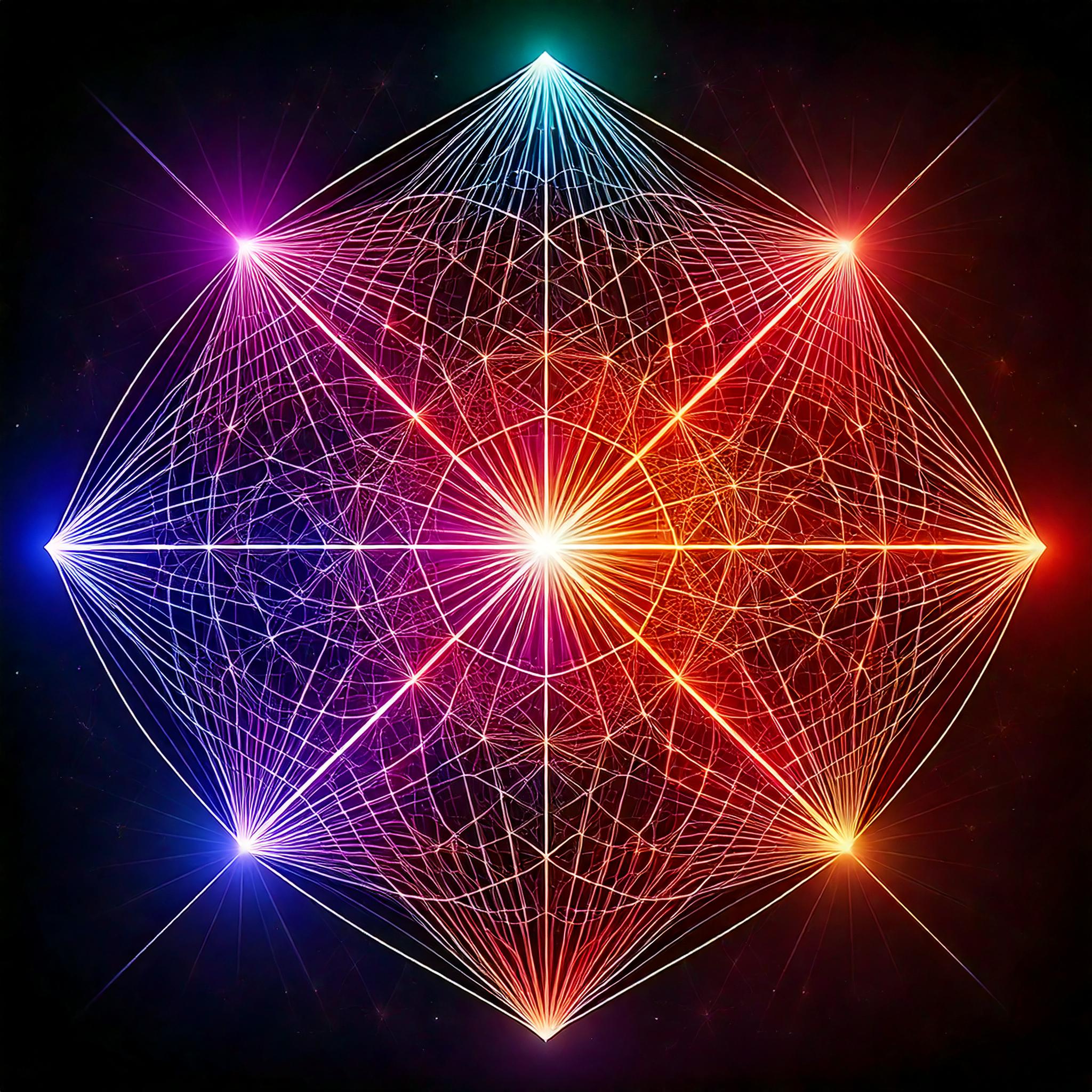















Learning 3-manifolds
AI-assisted maths
Learning 3-manifold triangulations
We apply machine learning to the study of topological features related to Sasakian and G2-geometries derived from Calabi-Yau manifolds. We compute extensive datasets of invariants—including Hodge numbers and the Crowley–Nördstrom invariant—for more than 7000 manifolds realised as hypersurfaces in weighted projective space. Neural networks and a symbolic regressors are used to uncover new patterns in these invariants.